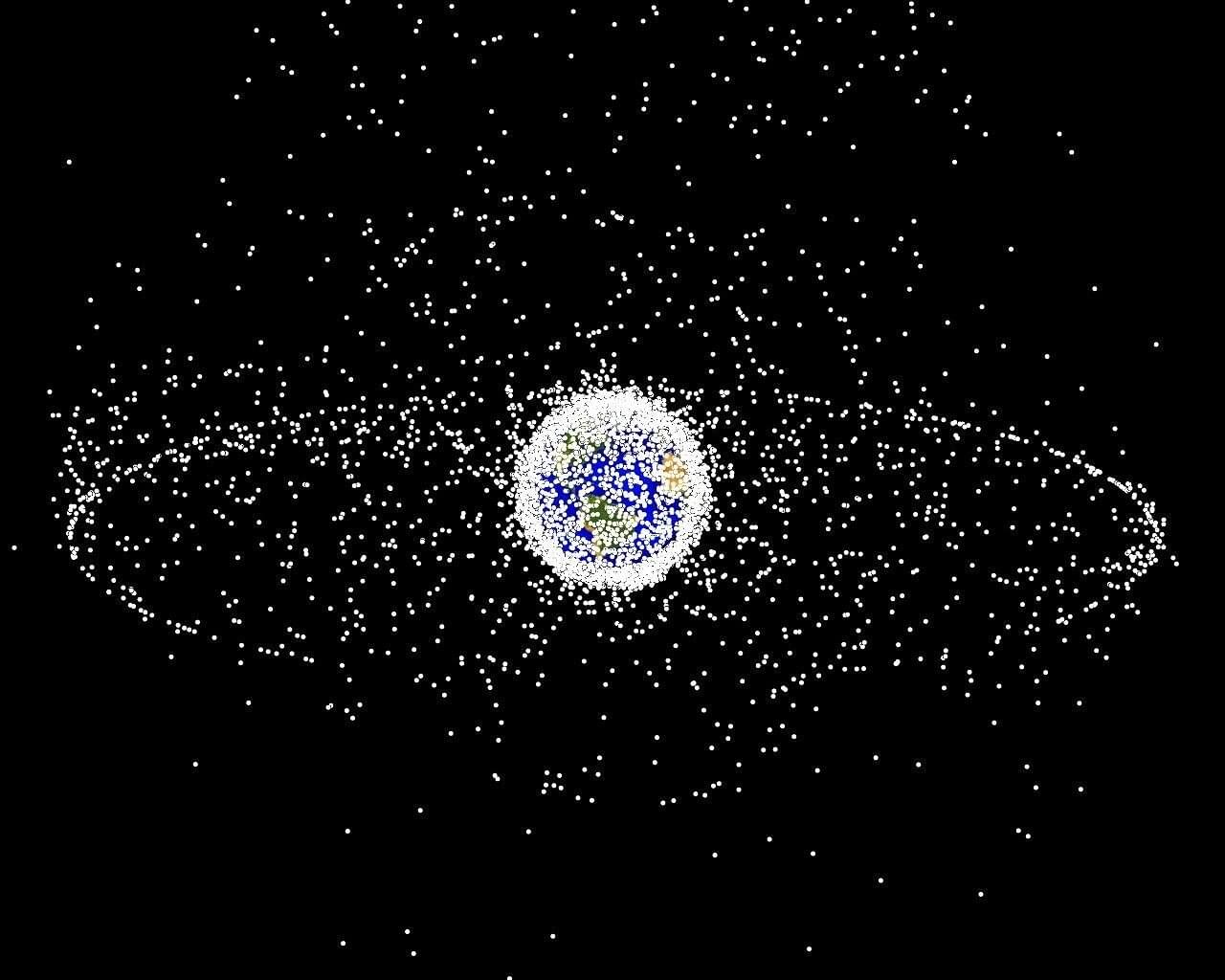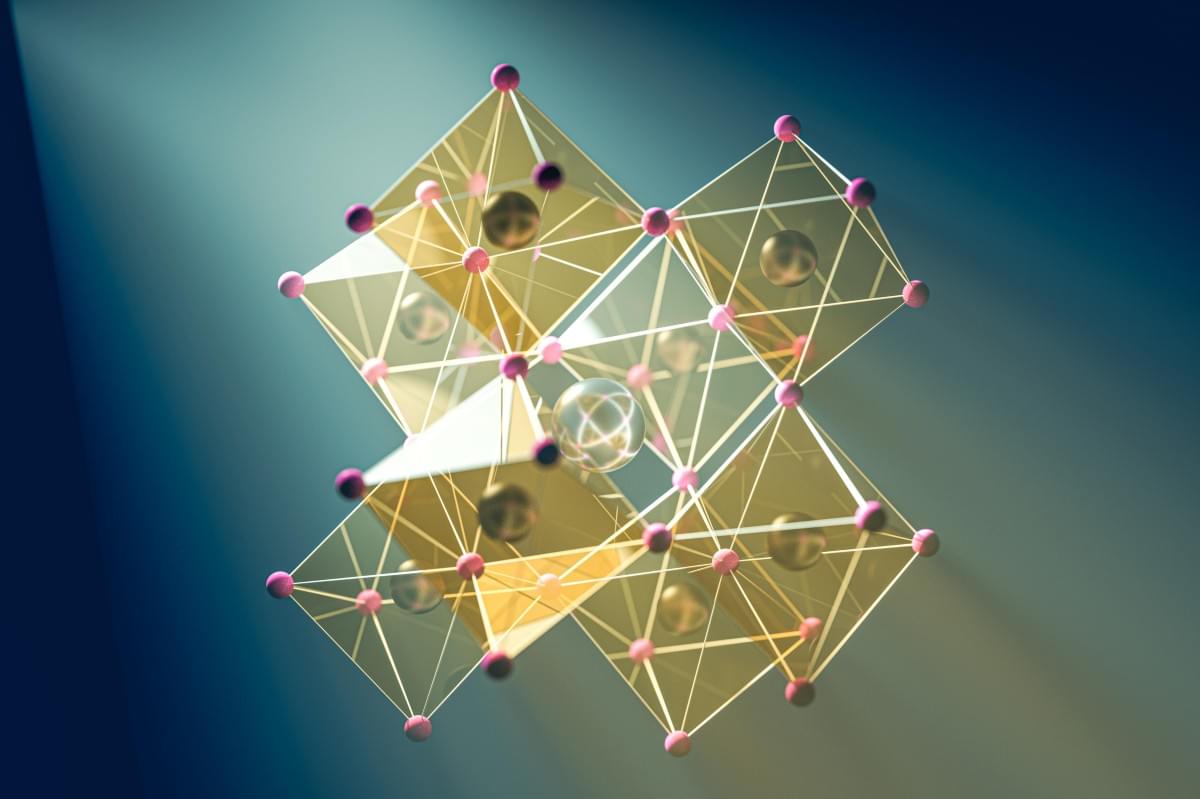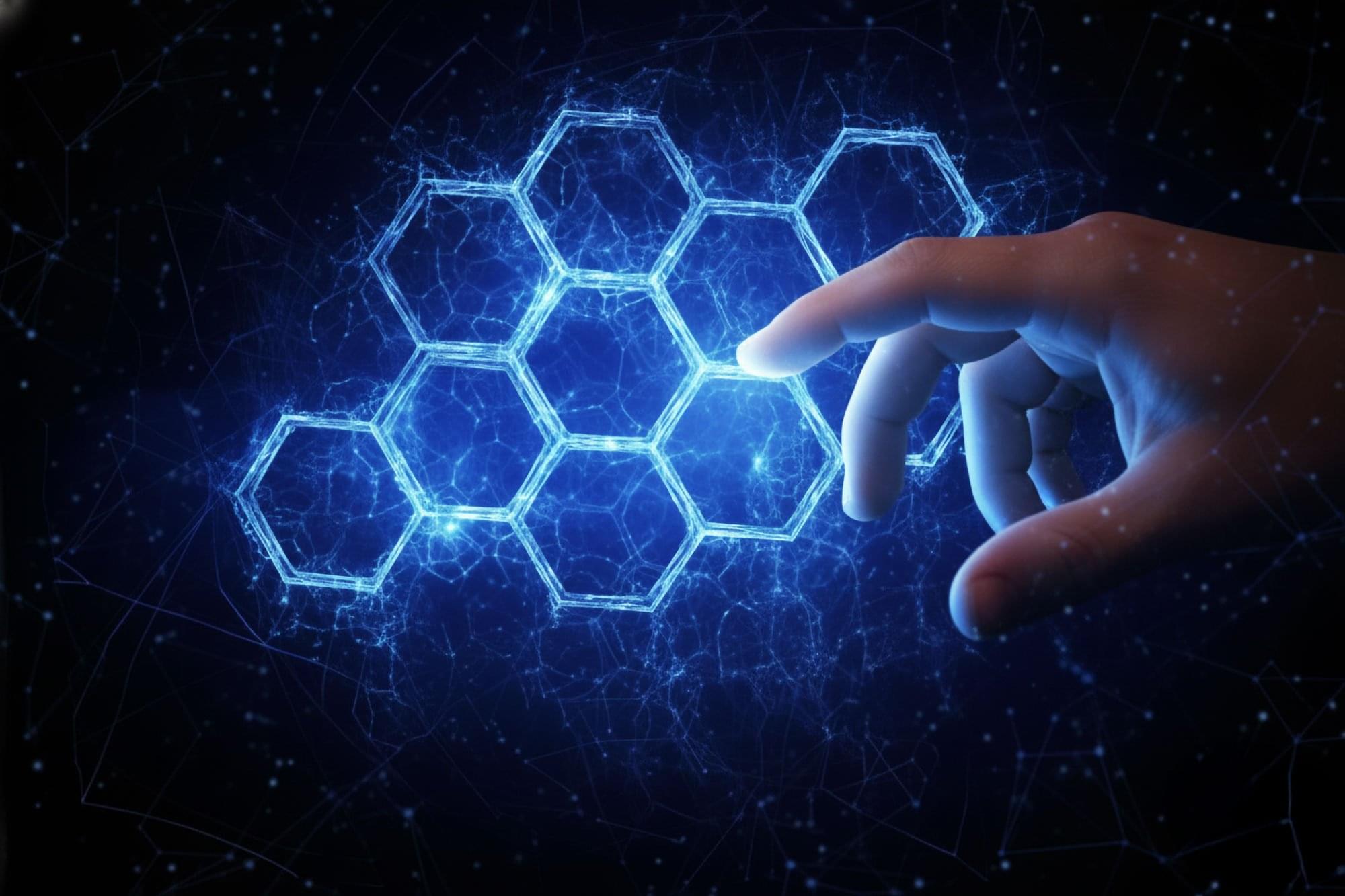NUS researchers have developed a vapor-deposition method that dramatically improves the long-term and high-temperature stability of perovskite-silicon (Si) tandem solar cells. The findings were published in Science.
This is the first time vapor deposition has been successfully applied to industrial micrometer-textured silicon wafers, the actual wafer structure used in commercial solar cell manufacturing, marking a major milestone for translating laboratory-scale tandem solar cells into real-world products.
The new method enables conformal, high-quality perovskite growth on industrial micrometer-scale textured silicon wafers, a critical requirement for mass production, and delivers more than 30% power-conversion efficiency with operational stability far exceeding 2,000 hours, including T₉₀ lifetimes —the time taken for performance to drop to 90% of initial output—of over 1,400 hours at 85°C under 1-sun illumination, a standard benchmark in solar energy representing a light intensity of 1,000 watts per square meter.









